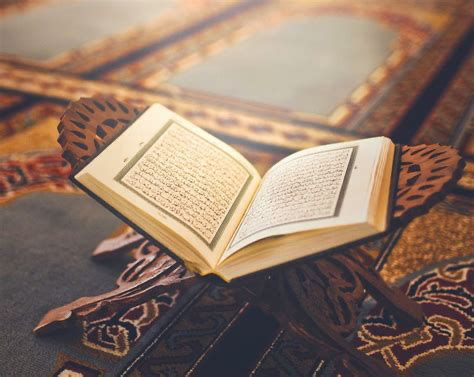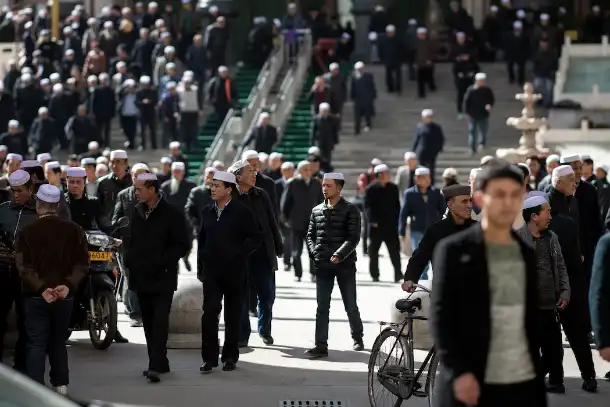Suspicions About Palestine (13)
Did the Ottomans Make Jerusalem a Marginal City?
This claim is not limited to Zionist writers and academics; it
also extends to some Arab nationalist writers who believe that supporting Arab
nationalism necessarily involves attacking the Ottoman Empire, as it was the
last state to rule over the Islamic world before the era of colonialism and the
modern nation-state system that our Ummah lives in today.
Ottoman Rule over Jerusalem: Four Centuries of Stability
This claim, put forward by a considerable number of Arab
writers and researchers, argues that the Ottoman Empire was a calamity for Jerusalem, and that its
400-year presence in the city ultimately led to the fall of Palestine under
occupation and the loss of Jerusalem today.
In fact, the previous statement itself serves as a response to
this claim. One of the well-known principles of history is that the stability
of any rule in a region over a long period, without revolts or resistance,
indicates the people's acceptance of that rule. This applies precisely to the
Ottoman Empire, which governed Jerusalem for a
full 400 years—from Sultan Selim I’s entry in 1517 until the British General
Edmund Allenby entered the city in 1917. This period is reminiscent of the
continuous 476 years of Muslim rule over Jerusalem, from the conquest by ʿUmar ibn al-Khaṭṭāb (may God
be pleased with him) until the Crusader occupation.
Throughout the four centuries of Ottoman rule, historical
sources record no revolts or movements that could be described as resistance
against Ottoman governance in Jerusalem—except for the revolt led by the Naqib
al-Ashraf in 1703, which lasted only two years and five months. Even this brief
uprising was not directed against Ottoman rule itself but against the injustice
of the governor of the Jerusalem Sanjak, Muhammad Pasha Kurdi Bairam. It resembled
popular disturbances that occurred in various provinces of the Islamic world
during the Umayyad and Abbasid eras in response to the oppression of some local
governors, without undermining the broader sense of belonging to the Umayyad or
Abbasid Caliphate itself.
Jerusalem Under Ottoman Rule: Revival and Protection
Politically, Jerusalem
remained stable under Ottoman rule. Scientifically and socially, the city
preserved its vibrant scholarly and social life, attracting scholars, sheikhs,
and Sufis. This is evidenced by the many significant landmarks, zawiyas, and
mosques dating back to the Ottoman era in Jerusalem, such as the Ribāṭ and Maktab of Bayram Çavuş, the Afghan
Zawiya, the Naqshbandi Zawiya, the Mawlawi Mosque, the Qaymari Mosque, and the
Rashidiyya School, among others.
Moreover, the construction of
Jerusalem’s city wall, as we know it today, during the Ottoman period stands as
one of the clearest responses to claims that the Ottomans marginalized the
city. It is also noteworthy that one of Palestine’s most famous charitable
lodges, the “Khaski Sultan Imaret,” established in the Ottoman era, is still
operating in Jerusalem to this day.
It is well known among
historians that the Ottomans became aware at an early stage of the European
ambitions being plotted against the land of Palestine. As a result, the
Jerusalem Sanjak was directly linked to the capital, Istanbul. This occurred
during a critical period in the Ottoman Empire’s history, a time marked by
general weakness.
However, this overall decline
did not stop the Ottoman sultans from developing and restoring the holy city
and its landmarks. Notable examples include the restoration of the Dome of the
Rock and Al-Qibli Mosque during the reign of Sultan Mahmud II; the renovations
during the time of Sultan Abdülmecid in the 19th century; the renewal of the
paving of the Old City during the reigns of Sultans Abdülaziz and Abdülhamid
II; the construction of the Jerusalem–Jaffa railway and the Clock Tower during
Sultan Abdul
HamidII’s era; and many
other restoration and reform projects.
To refute these claims, it is
sufficient to recall the description given by the famous Ottoman traveler
Evliya Çelebi when he visited Jerusalem in 1670—about 150 years after the
Ottomans entered the holy city. He wrote:
“There are 2,045 shops, six
large caravanserais, five markets, and 43,000 vineyards. In the midst of these
vineyards, I saw 1,500 scenic spots. Jerusalem is inhabited by 46,000 people,
most of whom are Arab Muslims. There is an Armenian church, three Greek
churches, two Jewish synagogues, 240 prayer niches (mihrabs), seven houses for
Hadith studies, twenty water fountains, and lodges for seventy Sufi orders,
including the Qadiriyya, Badawiyya, Saʿdiyya, Rifaʿiyya, and
Mawlawiyya.”
With such a vivid and rich
description, can it reasonably be claimed that a city of this stature and
prosperity during that period was “marginalized,” as some assert?
------------------------------------------------------------------










